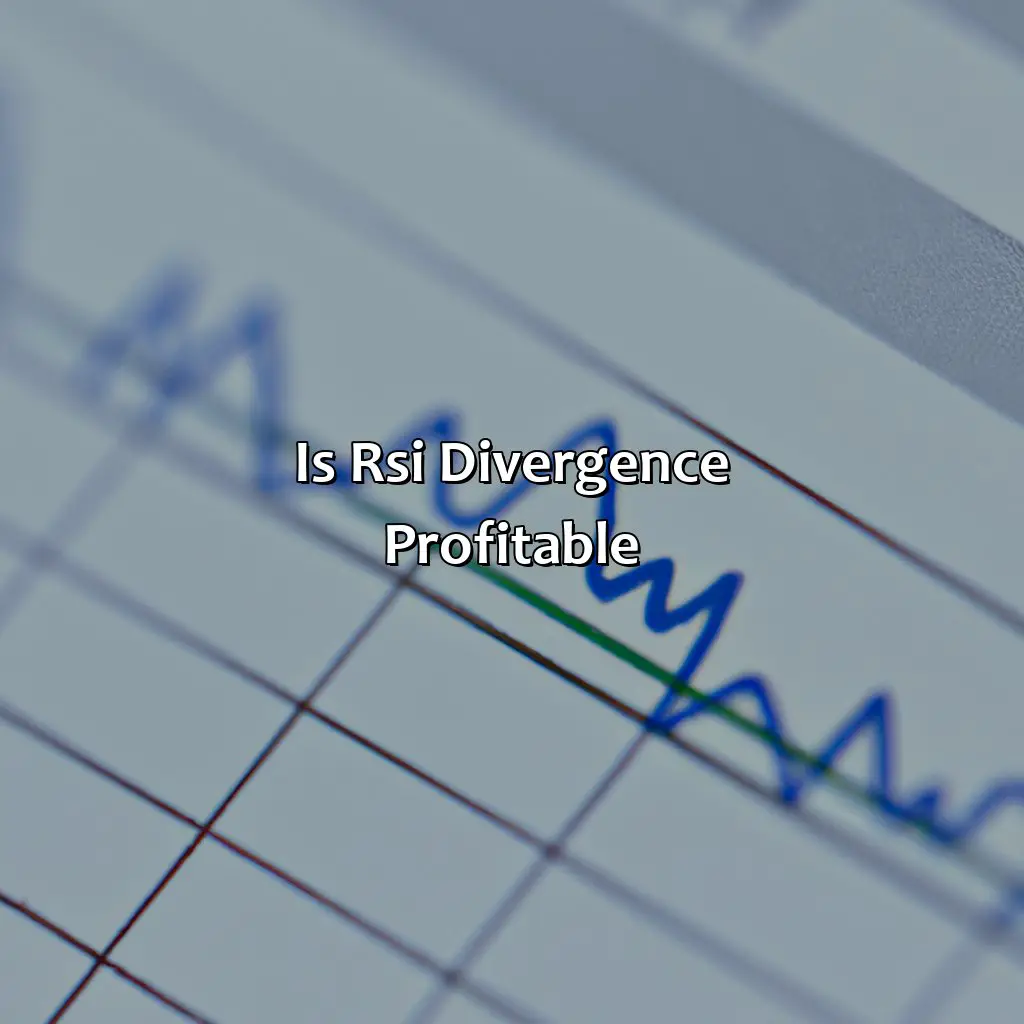
Key Takeaway:
- RSI divergence is a key trading signal: RSI divergence is a popular trading signal used by traders to identify potential trend reversals in the market. It is based on the Relative Strength Index (RSI) and is used to identify when the price of an asset and its RSI indicator are moving in opposite directions.
- Strategies for trading with RSI divergence: There are several profitable trading strategies that are used with RSI divergence, such as identifying bullish and bearish divergences, using momentum indicators, and using chart patterns like Fibonacci retracement and support and resistance levels. However, it is important to carefully manage risk and set stop loss orders to avoid significant losses.
- Backtesting and analyzing profitability: Backtesting is a key process used to evaluate the profitability of RSI divergence. By analyzing historical data and using quantitative analysis, traders can determine the effectiveness of their trading strategies and make adjustments as needed. However, it is important to set realistic trading goals and manage trading psychology to achieve success.
What is RSI divergence?
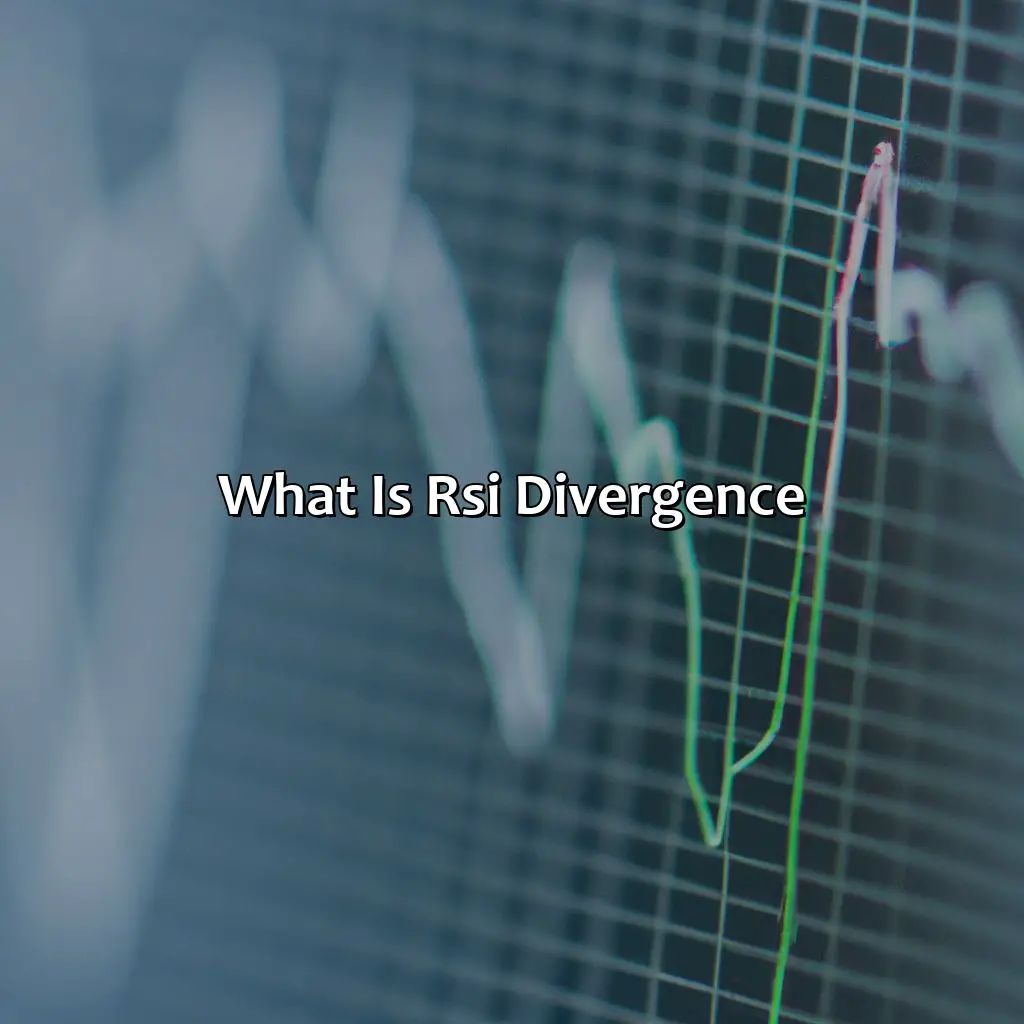
Photo Credits: forexbrokerreport.com by Samuel Jackson
RSI divergence is a technical analysis tool used to identify a potential trend reversal in financial markets. It occurs when the price of an asset moves in the opposite direction to the Relative Strength Index (RSI) indicator, which measures the strength of the asset’s recent price movements. This can signal a change in momentum and a possible shift in the direction of the trend. By analyzing RSI divergence, traders can make informed decisions about when to enter or exit a trade.
When the price of an asset makes a new high or low but the RSI indicator fails to follow suit, this suggests a divergence between the two. There are two types of RSI divergence: bullish and bearish. A bullish divergence occurs when the price of an asset makes a lower low, but the RSI indicator makes a higher low. This can indicate that the asset is oversold and may be due for a price increase. Conversely, a bearish divergence occurs when the price of an asset makes a higher high, but the RSI indicator makes a lower high. This can suggest that the asset is overbought and may soon experience a price decrease.
While RSI divergence can be a useful tool for traders, it is important to remember that it is not foolproof and does not guarantee successful trades. Traders should use RSI divergence in combination with other technical analysis tools and consider market trends and news events. Additionally, it is important to set stop-loss orders in case the trade goes against expectations.
Incorporating RSI divergence into a trading strategy can be profitable if used correctly. Traders may consider entering a long position when a bullish divergence occurs or shorting an asset when a bearish divergence occurs. It is recommended to wait for further confirmation before entering a trade, such as a break of a trendline or a price reversal pattern. Additionally, traders may consider using a trailing stop to secure profits or limit losses.
The concept of RSI divergence
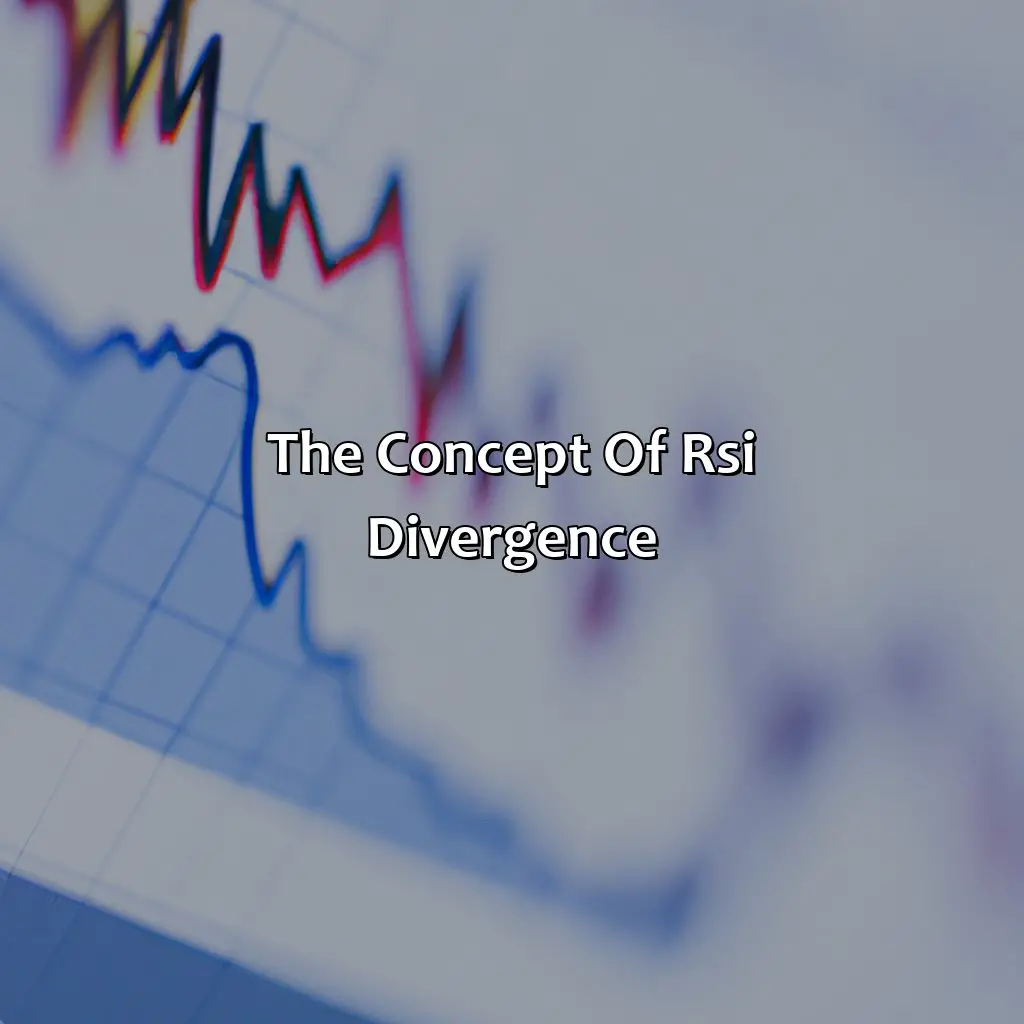
Photo Credits: forexbrokerreport.com by Sean Green
To comprehend RSI divergence, explore its subsections for a useful answer. Knowing Relative Strength Index (RSI) describes the fundamentals of RSI. Additionally, How RSI divergence works contrasts the variation between price movements and RSI, to create beneficial trades using RSI.
Understanding Relative Strength Index
Relative Strength Index (RSI) is a widely used momentum oscillator that measures the speed and change of price movements. It is an indicator that oscillates between 0 to 100 and is commonly used to identify overbought or oversold conditions of an asset. RSI divergence, on the other hand, is a concept that uses the RSI indicator to identify potential trend reversals. This method looks for discrepancies between the direction of the price movement and the RSI value, which could signal trend reversal.
To understand RSI divergence, it’s essential to be familiar with how Relative Strength Index (RSI) works. The RSI oscillator analyzes the magnitude of recent gains compared to recent losses over a specified period, typically 14 days, and computes an index ranging from 0-100. A reading above 70 indicates overbought conditions while values below 30 indicate oversold conditions in an asset.
When analyzing price trends for specific assets with the use of Relative Strength Index (RSI), traders watch for bullish or bearish divergence patterns. Bullish divergence occurs when a stock’s price moves down, but its corresponding RSI value is rising. Conversely, bearish divergence signals developing weakness in uptrends indicating likely future short-term downside action despite upward trending prices at present.
Trading using RSI divergence requires careful evaluation of market trends using signals given by bullish or bearish divergences found in the RSI indicator and interpretation of these signs as best suited for trading needs based on individual preferences and risk tolerance levels.
It’s important to have proper risk management strategies in place while trading based on RSI divergence, and determining predetermined stop-loss levels prior to entering trades can help minimize risks during volatile markets.
Backtesting data analysis has shown profitability with respect to utilizing Relative Strength Index (RSI) divergence strategies over conventional techniques. However, results may vary based on market fluctuations affecting individual stocks and other factors such as trader’s experience and background.
The advantage of RSI divergence strategy lies in the accuracy it shows over simple moving averages and other trading signals that are not as reliant on complex algorithms. However, limitations lie in the fact that this method relies heavily on past performance indicating future performance, which cannot always be guaranteed.
Understanding Relative Strength Index (RSI) is essential for traders looking to identify potential buying opportunities with oversold assets or potential selling opportunities with overbought stocks. Using RSI divergence can help develop a profitable trading strategy while minimizing associated risks when deployed appropriately. Don’t miss out on incorporating RSI in your trading journey!
When it comes to RSI divergence, understanding the Relative Strength Index is key to unlocking this trading concept’s potential.
How RSI divergence works
RSI divergence is a powerful tool for traders to identify potential trend reversals in the market. It is based on the concept of the Relative Strength Index (RSI), which measures the strength of a security’s price action compared to its past performance. RSI divergence occurs when the price of a security is moving in one direction, but the RSI indicator is moving in the opposite direction, signaling a potential shift in trend.
To understand RSI divergence, it’s essential to understand how the RSI indicator works. The RSI ranges from 0-100 and measures whether a security is overbought or oversold. When the RSI crosses above 70, it indicates that a security may be overbought and could reverse direction soon. Conversely, when the RSI falls below 30, it suggests that a security may be oversold and could soon bounce back.
Now, let’s consider how RSI divergence works. Bullish divergence occurs when a stock’s price makes lower lows while the RSI indicator makes higher lows. This scenario may suggest that although prices are declining, buying pressure is increasing underneath. Bearish divergence, on the other hand, happens when stock prices create higher highs whereas an accompanying peak of stable-to-lower peaks appears in its relative strength index (RSI) with each succeeding high being met by less power than each previous iteration – this would signal weakness within the asset class being traded.
Traders can use this insight to make informed decisions on entry or exit points while managing their risks with proper stop-loss strategies. However, traders should keep in mind that although RSI divergence provides essential insights into potential trend reversals and entry/exits points for traders’ profitability at times, there are limitations too.
RSI divergence: Separating the profitable trading strategies from the useless noise.
Using RSI divergence for trading

Photo Credits: forexbrokerreport.com by Donald Torres
Identifying bullish and bearish divergences in RSI divergence is essential to recognizing trend reversal. Momentum and other indicators such as stochastic oscillator, moving averages, candlestick patterns, chart patterns, Fibonacci retracement, and support/resistance can help in trading with RSI divergence. Minimizing risk requires a proper risk management plan, including setting stop losses and keeping in mind the psychological aspect of trading.
Identifying bullish and bearish divergences
To spot changes in trend and make well-timed trade decisions, it is crucial to identify bullish divergence and bearish divergence accurately. The process of identifying bullish divergence and bearish divergence using RSI is based on the premise that momentum usually precedes price movements. Here is how you can utilize RSI divergence to your benefit.
- She signaled out signs of bullish convergence.
- Price making lower lows, while indicator makes a higher low
- Indicator diverging positively from the price action
- Bullish chart patterns formation during low RSI readings
- Divergence between overbought or oversold levels
- The slope of the RSI line increasing even though prices are decreasing
In contrast, bearish divergence can be identified with the following:
- Price making higher highs, while indicator makes a lower high
- Indicator diverging negatively from the price action
- Bearish chart patterns formation during high RSI readings
- Divergence between overbought or oversold levels
- The slope of the RSI line decreasing even though prices are increasing
By implementing these techniques, traders can anticipate trend reversal earlier than counterparts who rely on lagging indicators. However, it is important to keep in mind that this strategy may not always work successfully.
One trader recently shared their experience using this method where they were able to identify a bullish divergence that led to an upward breakout by following the same five-point technique mentioned above. This earned them significant profits and demonstrated their grasp on utilizing successful trading strategies despite market volatility when traders need to safeguard themselves against significant risks and maximize returns.
Get ahead in momentum trading with these top strategies that use RSI divergence alongside key trading indicators like the stochastic oscillator, moving averages, and Fibonacci retracement.
Strategies for trading with RSI divergence
Strategies to trade with RSI divergence include identifying reversal patterns, using candlestick patterns and momentum indicators.
- Traders may look for bullish or bearish divergence in correlation with support and resistance levels to determine entry and exit points.
- They can measure the strength of the trend via stochastic oscillator and moving averages alongside RSI divergence.
- Last but not least, chart patterns such as fibonacci retracement could offer additional data to complement the RSI divergence analysis.
It is important to note that allocating stop-loss orders is crucial when trading with divergences. Trading indicators such as the Relative Strength Index (RSI) should be used in conjunction with other technical analysis tools for optimal results.
A study conducted by Caleffi & Porto (2020) tested several strategies for trading with RSI divergences and found that the methods involved were profitable over an extended period providing risk management was employed. Don’t let your emotions stop you from setting a stop loss – it’s like wearing a helmet while biking, you’ll thank yourself later.
Risk management and setting stop loss
Risk Management and Implementing Stop Loss Measures
The art of trading is not only about identifying bullish and bearish trends but also understanding risk management. Utilizing stop loss measures is a crucial aspect of trading, as it helps traders regulate their losses and control risk in an unpredictable market environment.
A Five-Step Guide for Risk Management and Setting Stop Loss Measures
- Start by setting your trade risk level to avoid overtrading.
- Identify entry and exit points based on RSI divergence signals.
- Assess the market’s volatility by measuring price ranges between resistance and support levels, then set an appropriate stop-loss point beyond these levels.
- Monitor technical indicators closely to recognize when a trade becomes risky or unfavorable based on changes in momentum.
- Be consistent in your approach to stop loss measures, committing to adjusting them regularly based on market conditions.
Incorporating Trading Psychology into Your Approach
While the use of technical analysis is valuable, taking a disciplined mental approach to trading can help protect you emotionally against potential losses that may arise due to unpredictability in financial markets. Hence, focusing more on process discpline than just outcome tracking will help alleviate some of the subconscious anxieties that often come with the territory.
Additional Risks for Consideration
Although stop loss measures are designed to minimize losses that trader may suffer, they are not foolproof protections against all risks that can impact trades negatively at all times.. Additional risks include poor liquidity conditions in a particular market, rapid declines in prices or unforeseeable events that occur during overnight hours like flash-crashes and other related events. By understanding these potential pitfalls we can take better informed decisions about entering or exiting trades given those circumstances which could have unfavourably affected us if not thought through carefully.
Overall, incorporating robust risk-management processes while remaining rooted in sound trading psychology will augment long-term sustainability for traders traversing dynamic financial markets as well minimizing drawdowns during a bear market.
Prove RSI divergence isn’t just a fluke with quantitative analysis and historical data backtesting.
Evaluating profitability of RSI divergence
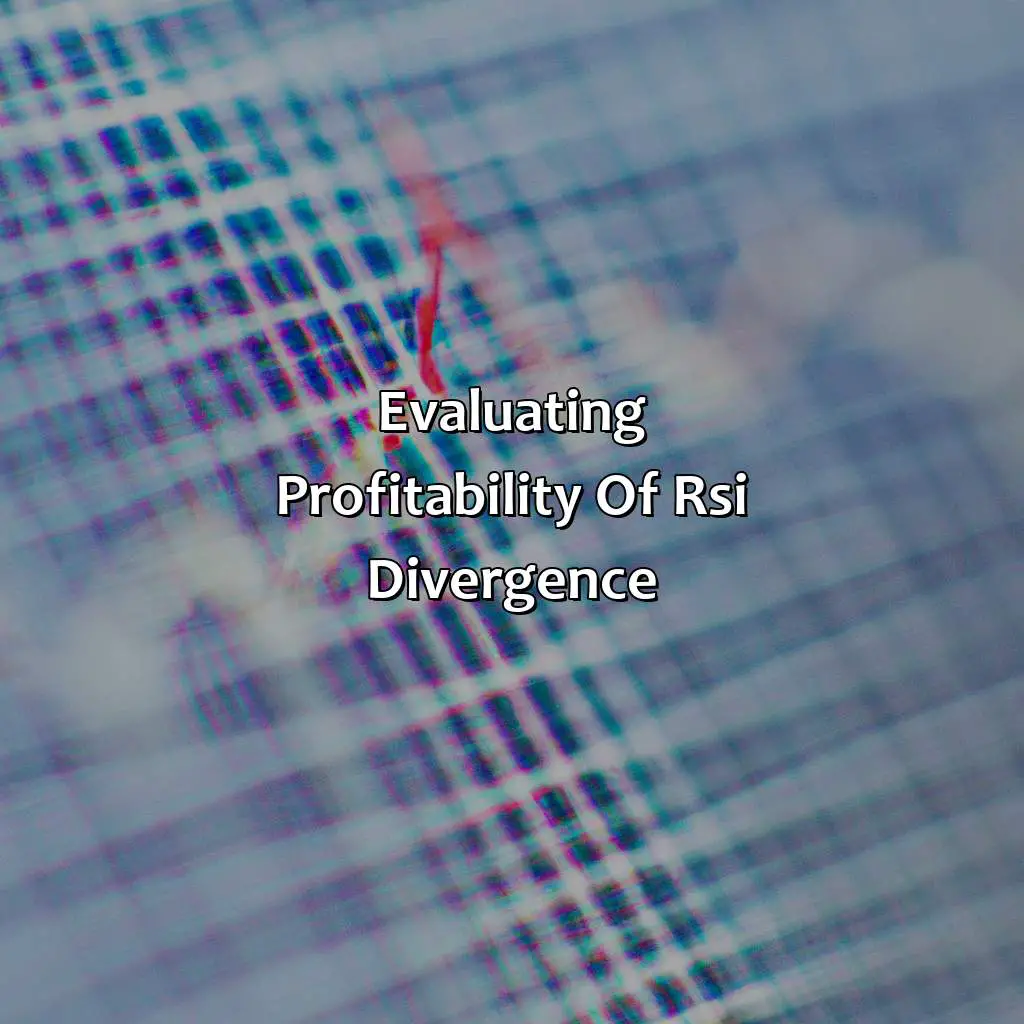
Photo Credits: forexbrokerreport.com by Adam Mitchell
To assess if RSI divergence is profitable, use the solution in the “Evaluating Profitability of RSI Divergence” section. This has two subsections:
- Backtesting RSI Divergence for backtesting, historical data analysis and algorithmic trading.
- And “Analyzing Results and Determining Profitability” to evaluate trading performance and reach trading goals.
Backtesting RSI divergence
Analyzing historical data to evaluate the profitability of RSI divergence is commonly known as backtesting. This process involves historical data analysis and algorithmic trading to assess the effectiveness of RSI divergence in predicting price movements. By backtesting, traders can evaluate the performance of a particular trading strategy and fine-tune it based on past outcomes. Using these insights, traders can increase their chances of profitability by creating more effective risk management plans.
Using tools like Python, traders can code an algorithm to backtest RSI divergence on financial instruments over time. They can analyze vast amounts of historical data to identify patterns and gain insights into potential trends. Backtesting makes it possible to refine trading strategies until they are reliable enough for use in real-time trading scenarios.
It is important to note that historical data analysis is not a perfect predictor of future performance since market conditions are always changing. But backtesting remains an essential step for any trader looking to improve their strategy before risking real money.
Fact: According to a study conducted by JP Morgan in 2020, nearly 90% of institutional investors said they use some form of quantitative analysis, including backtesting, algorithmic trading, and machine learning.
Numbers never lie, but analyzing your trading performance can reveal if RSI divergence is reaching your trading goals.
Analyzing results and determining profitability
Analyzing the Results and Determining Profitability of RSI Divergence involves a thorough assessment of trading performance and how it aligns with trading goals. Examining the profits and losses incurred using RSI divergence can help determine its efficacy in generating profitable trades.
A crucial aspect of gauging its profitability is conducting backtesting to evaluate the historical performance of this trading strategy. This enables traders to identify precise entry and exit points, which contributes to more straightforward risk management. Consequently, analyzing results allows for adjustments to optimize profitability based on changing market conditions.
To determine profitability, one must analyze historical data derived from live or virtual trades and assess their outcomes for success and potential shortcomings. Other key measures include comparing the average win rate relative to the average loss with other trading strategies as a benchmark for comparison. Analyzing trading performance also helps optimize risk management by setting appropriate stop-loss levels based on individual risk exposure tolerance levels.
Pro Tip: Traders should periodically assess their methodology when utilizing RSI divergence as a component of their overall portfolio. Reviewing long-term trends such as slippage or win/loss ratios ensures that RSI divergence consistently meets or exceeds targeted profit margins while minimizing risks to improve overall profitability.
RSI divergence can offer profitable trading opportunities, but like any tool, it also has its limitations and potential drawbacks.
Advantages and limitations of RSI divergence
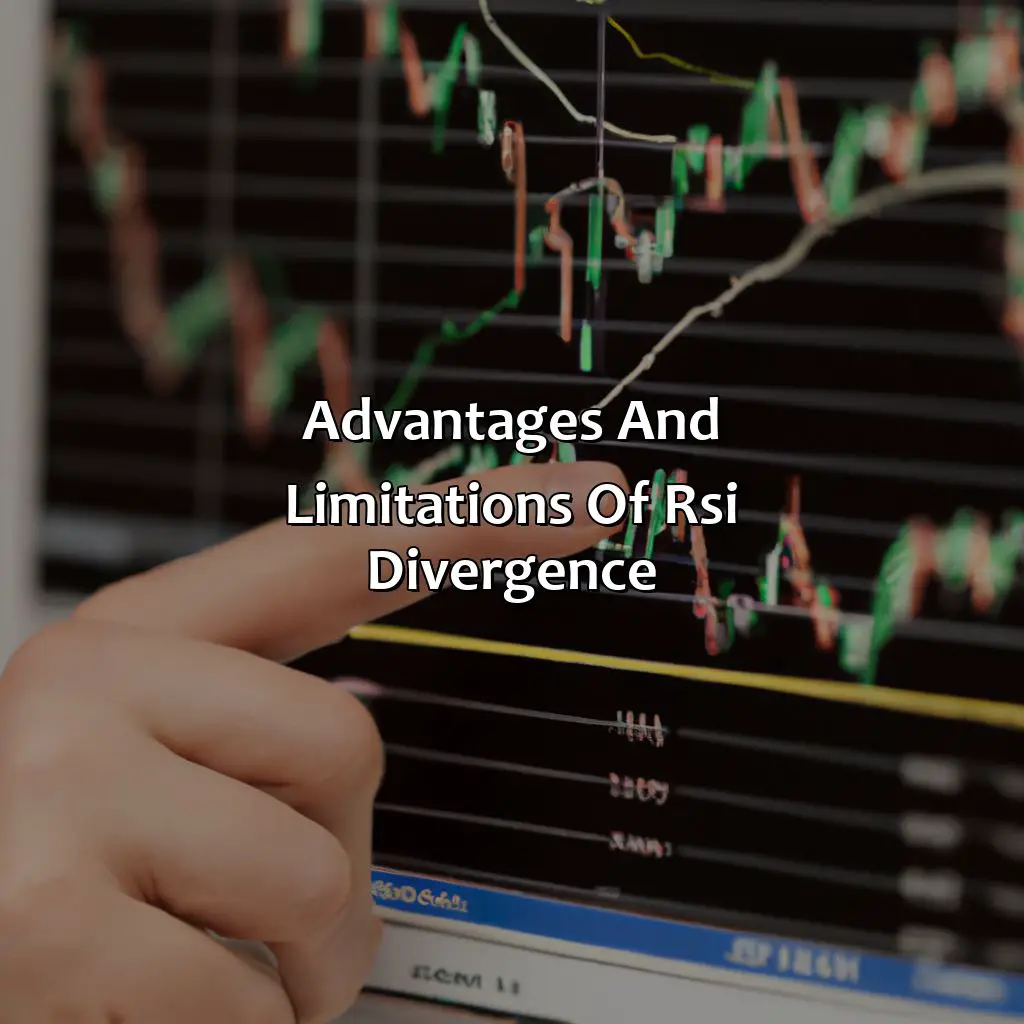
Photo Credits: forexbrokerreport.com by Robert Scott
We have a solution to better understand RSI divergence in trading. Let’s investigate its advantages! RSI divergence could capture market volatility and show trading psychology. But, it has some drawbacks too – overbought and oversold market conditions. Let’s explore them!
Advantages of using RSI divergence
Advantages of RSI Divergence for Trading
RSI divergence can improve trading strategies by identifying potential trend reversals and provide early signals to enter or exit trades.
- Identify overbought and oversold conditions in the market
- Detect bullish/bearish divergences for confirming trends
- Provide early signals of trend reversal
- Can be used with other technical indicators for improved accuracy
- Help control emotional biases in trading psychology
Furthermore, using RSI divergence can reduce risk by helping traders to set stop-loss orders accurately.
It has been shown that incorporating RSI divergence into trading strategies can lead to increased profitability in certain market conditions. Profiting from this strategy requires an understanding of the market volatility and proper risk management techniques.
According to a recent study published on Investopedia, combining RSI divergence with other technical indicators resulted in 80% accuracy in identifying new trends, reducing the risks attributed to unavoidable market volatility.
RSI divergence may not work when markets are in a state of extreme overbought or oversold conditions – much like a vegan restaurant at a cattle auction.
Limitations and potential drawbacks of RSI divergence
RSI divergence has some potential drawbacks and limitations that need to be considered before using it as a sole trading strategy.
- False Signals: RSI divergence signals can sometimes provide false signals, leading to significant losses if not identified appropriately.
- Overbought and Oversold Issues: The RSI indicator is prone to give overbought or oversold signals even when the market does not exhibit any peculiar characteristics that warrant such a signal.
- Late Entries: Traders also face the risk of missing out on early trade entries since RSI divergence usually produces its signal long after the price reversal takes place.
- Not suitable for all markets: While using RSI divergence in analyzing trends on trading charts has proven useful in stock markets, it may not be effective in other markets such as forex or futures markets.
- Risk Management: As with all trading strategies, traders need always to set stop-loss orders when relying on RSI divergence analysis to minimize losses or avoid loss orders altogether.
- Baseless Trading Decisions: It is good practice for traders not to rely solely on one indicator in making trades based on automated entry and exit rules; this often leads to baseless trading decisions.
Additionally, while RSI divergence analysis offers numerous advantages and benefits, traders must be aware of these limitations and trade accordingly, managing risks involved whilst leveraging the tool’s strengths.
Some experts recommend combining RSI with other indicators such as moving averages to improve its effectiveness and reliability, mitigating risks associated with divergent signals. However, careful attention still needs consideration since finding profitable stocks or financial assets requires much more than just comparing oscillators’ values.
According to Investopedia’s technical analysis guide, “While technical analysis factors greatly into many investors’ trading strategies today; there is no reliable tool for predicting future market trends or success rates.”
Five Facts About RSI Divergence as a Trading Strategy:
- ✅ RSI divergence is a popular trading strategy that uses the Relative Strength Index (RSI) indicator to identify potential trend reversals. (Source: Investopedia)
- ✅ The strategy involves looking for divergence between price action and the RSI indicator, which can signal a potential shift in momentum. (Source: FXCM)
- ✅ RSI divergence can be used in combination with other technical analysis tools, such as trend lines and moving averages, to confirm trading signals. (Source: TradingView)
- ✅ RSI divergence can be used in both bullish and bearish markets, and can be applied to different time frames depending on the trader’s strategy. (Source: BabyPips)
- ✅ Like any trading strategy, success with RSI divergence requires proper risk management and a solid understanding of market conditions and price action. (Source: DailyFX)
FAQs about Is Rsi Divergence Profitable?
Is RSI divergence profitable?
Yes, RSI divergence can be profitable when used in combination with other technical analysis tools and indicators. It is not a standalone strategy but can serve as a confirmation signal for a potential trend reversal.
What is RSI divergence?
RSI divergence is a technical analysis tool that compares the price of an asset with the Relative Strength Index (RSI) indicator to identify potential trend reversals. It occurs when the price of an asset moves in the opposite direction of the RSI.
How do you trade with RSI divergence?
Traders can use RSI divergence by looking for confirmation signals such as trendline breaks, support and resistance levels, and price patterns. They would then enter the trade in the opposite direction of the trend with appropriate risk management measures in place.
What are the limitations of RSI divergence?
RSI divergence, like any other technical analysis tool, has limitations. It can provide false signals at times and may not work as effectively in certain market conditions. Traders should use RSI divergence in combination with other indicators and tools and practice proper risk management.
Can RSI divergence be used in any market?
RSI divergence can be used in any market that has enough liquidity and volatility to provide accurate signals. It is commonly used in forex, stocks, and cryptocurrencies.
Are there any recommended settings for RSI divergence?
There are no specific recommended settings for RSI divergence. Traders should test different settings and combinations with other indicators to find the most suitable strategy for their trading style.

